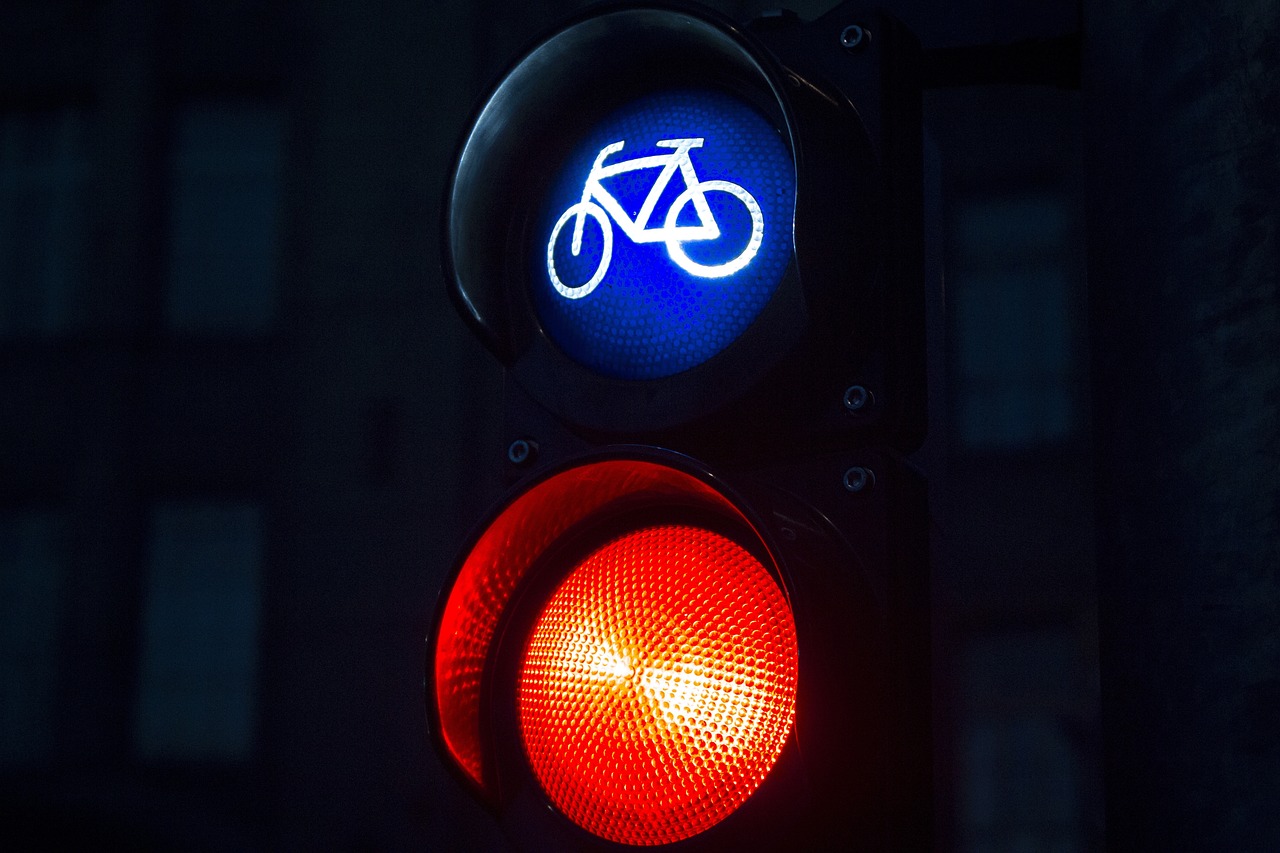Millions of people ride bicycles safely on public roads. However, some feel discouraged because motorists occasionally pass too closely, honk, or shout. These behaviors, though not the main source of cyclist injuries, remain unsafe and unlawful. Traffic law requires drivers to pass at a safe distance.
When a lane is too narrow to share, safe cyclists ride in the center. This position ensures motorists change lanes or wait before passing.
Cyclists riding close to the road edge face risks. They may collide with opening car doors or lose control on debris, sand, or poor pavement. Motorists can help prevent crashes by following rules on yielding and turning. Always yield to cyclists when turning left or entering from a side street, driveway, or parking lane. Merge fully to the right before turning right. Wait until a cyclist clears the intersection before turning — never cut across a cyclist’s path. Even with a bike lane present, motorists should merge into it before turning right.
Cyclists also contribute to safety by cooperating with traffic. Competent riders yield when required, select correct lanes at intersections, use lights at night, and follow traffic laws. Such cyclists are safer and gain respect from others.
Unfortunately, enforcement does not always protect cyclists. Some blame all cyclists for the actions of a few. However, traffic laws apply to individuals, not groups, and protect all lawful road users. Effective enforcement should address both cyclists who break rules and motorists who harass, threaten, or pass unsafely.
Common Misconceptions About Bicyclists
| Misconception | Clarification |
| Bicyclists don’t belong on the road. | Cyclists are drivers of vehicles and have the same legal rights as motorists. |
| Bicyclists belong on the sidewalk. | Cycling on sidewalks endangers pedestrians and cyclists, and is often illegal. |
| Bicyclists aren’t licensed, so they shouldn’t ride on roads. | Cycling on sidewalks endangers pedestrians and cyclists and is often illegal. |
| Bicyclists don’t pay fuel taxes. | Fuel taxes do not determine road rights. Most cyclists also drive and pay fuel taxes. Local roads rely mainly on general taxes. |
| Bicyclists delay traffic. | Cars cause most delays. Bicycle delay on narrow roads is often minimal and may disappear at traffic signals. |
| Cyclists ignore signals and rules. | Some cyclists disobey rules, but laws grant road rights. Following traffic rules improves safety and public respect. |
| Engineers should design roads only for motor vehicles. | Roads must serve all legal vehicles, including bicycles. |
| Designing for bicycles is difficult and expensive. | Roads are a common right. Motor vehicles require licenses because they pose a greater public danger. |
| Bike paths exist, so cyclists should stay off roads. | Experienced cyclists can ride safely on most roads. Some paths may be slower or less safe. Every road is a bikeway. |
